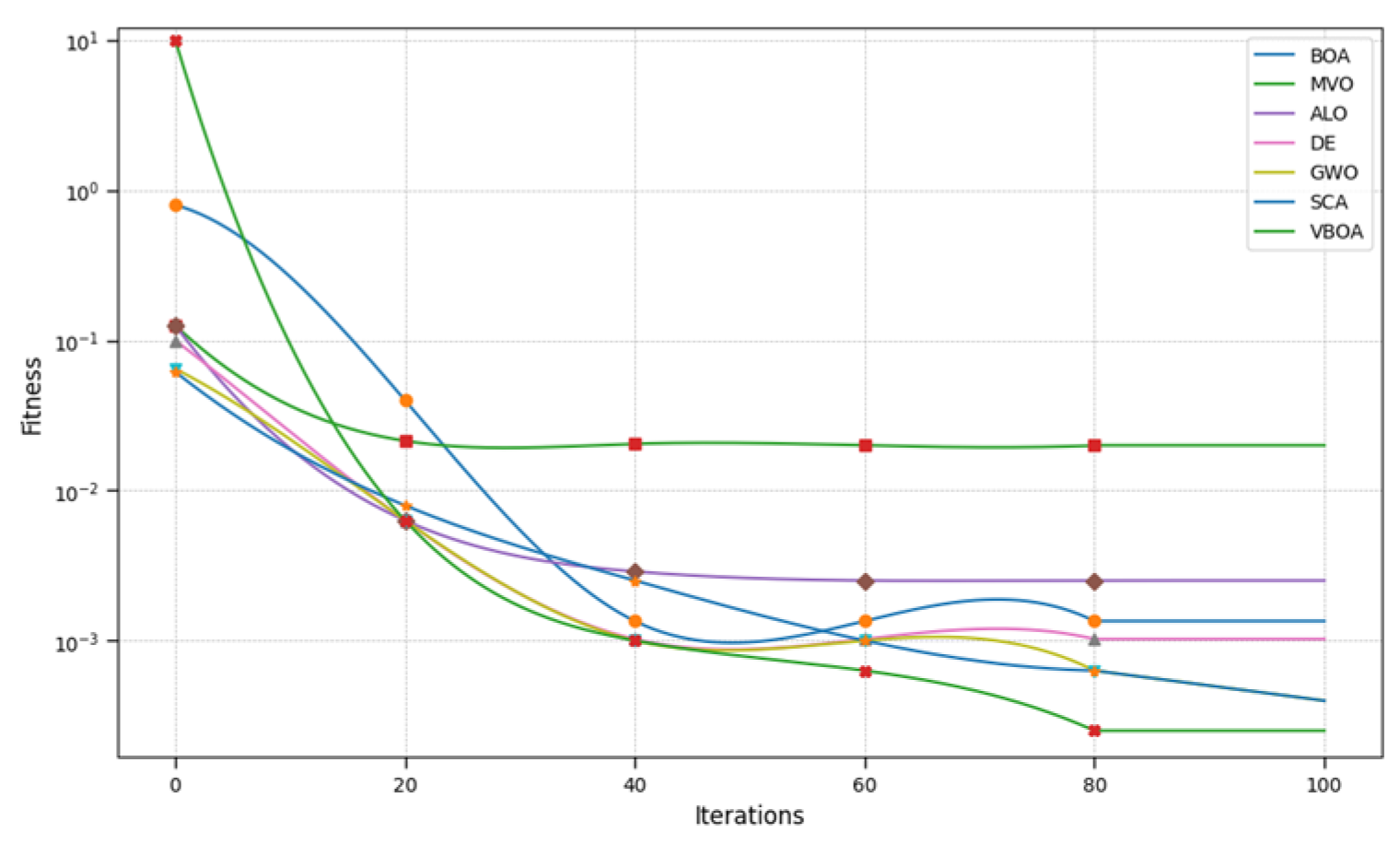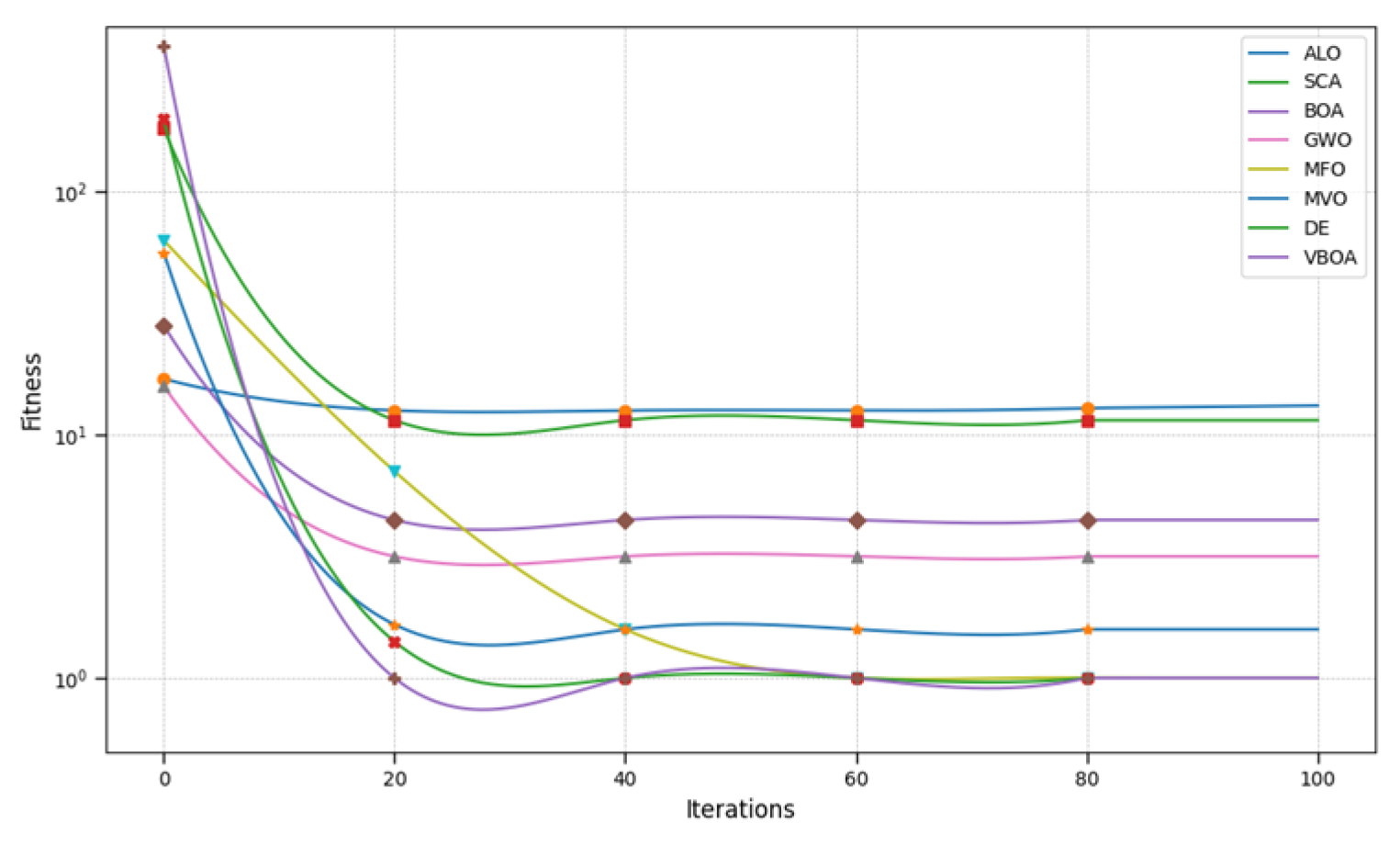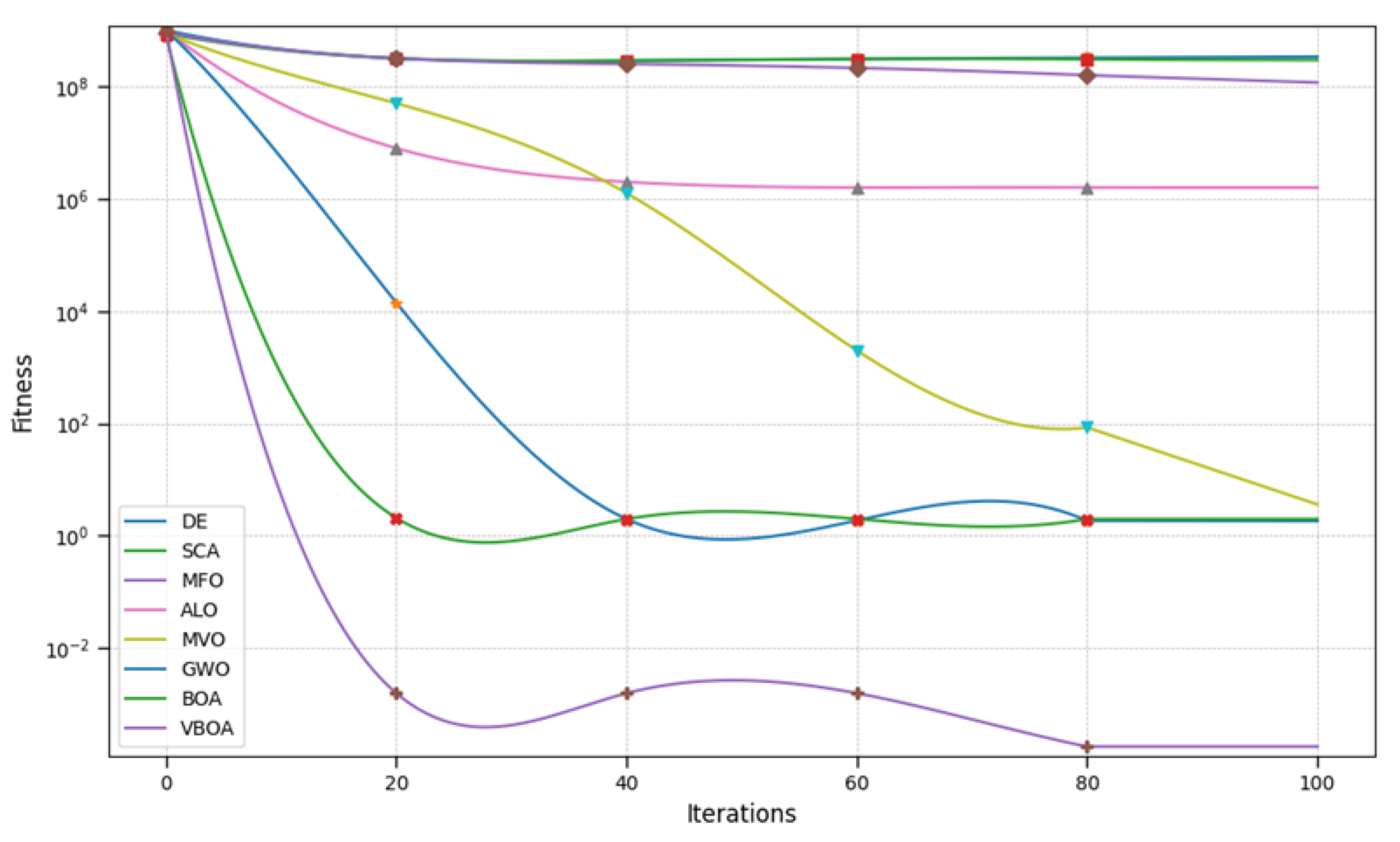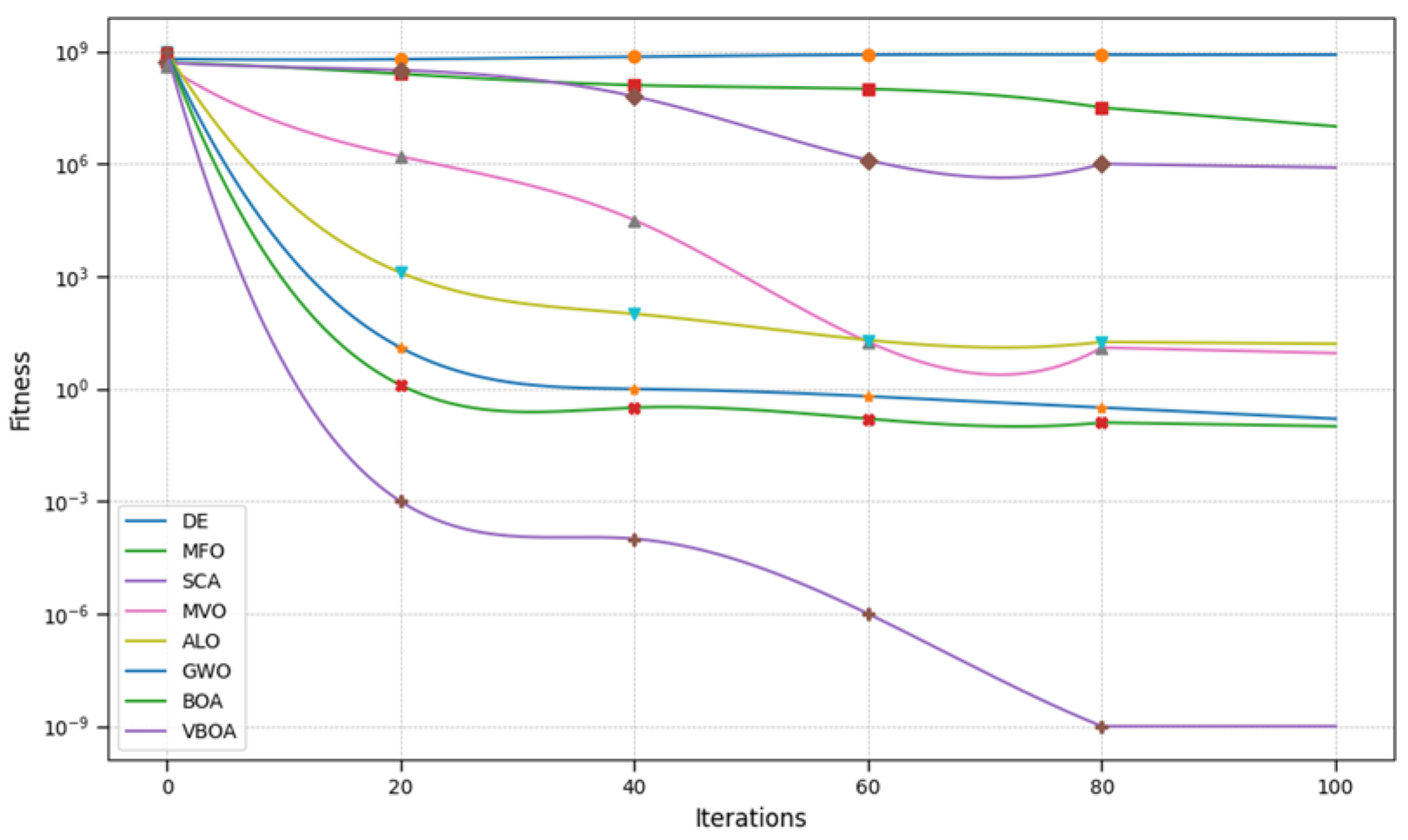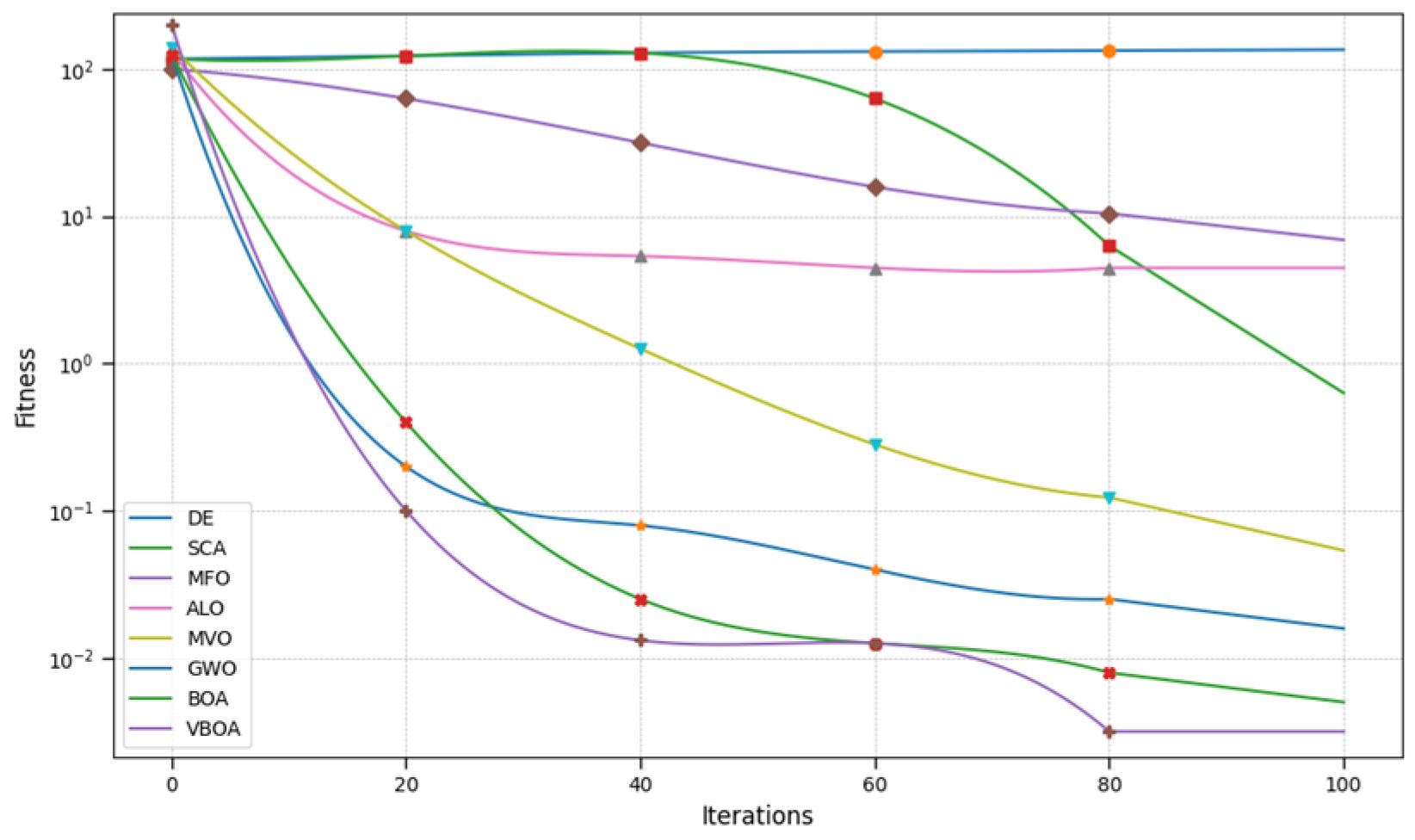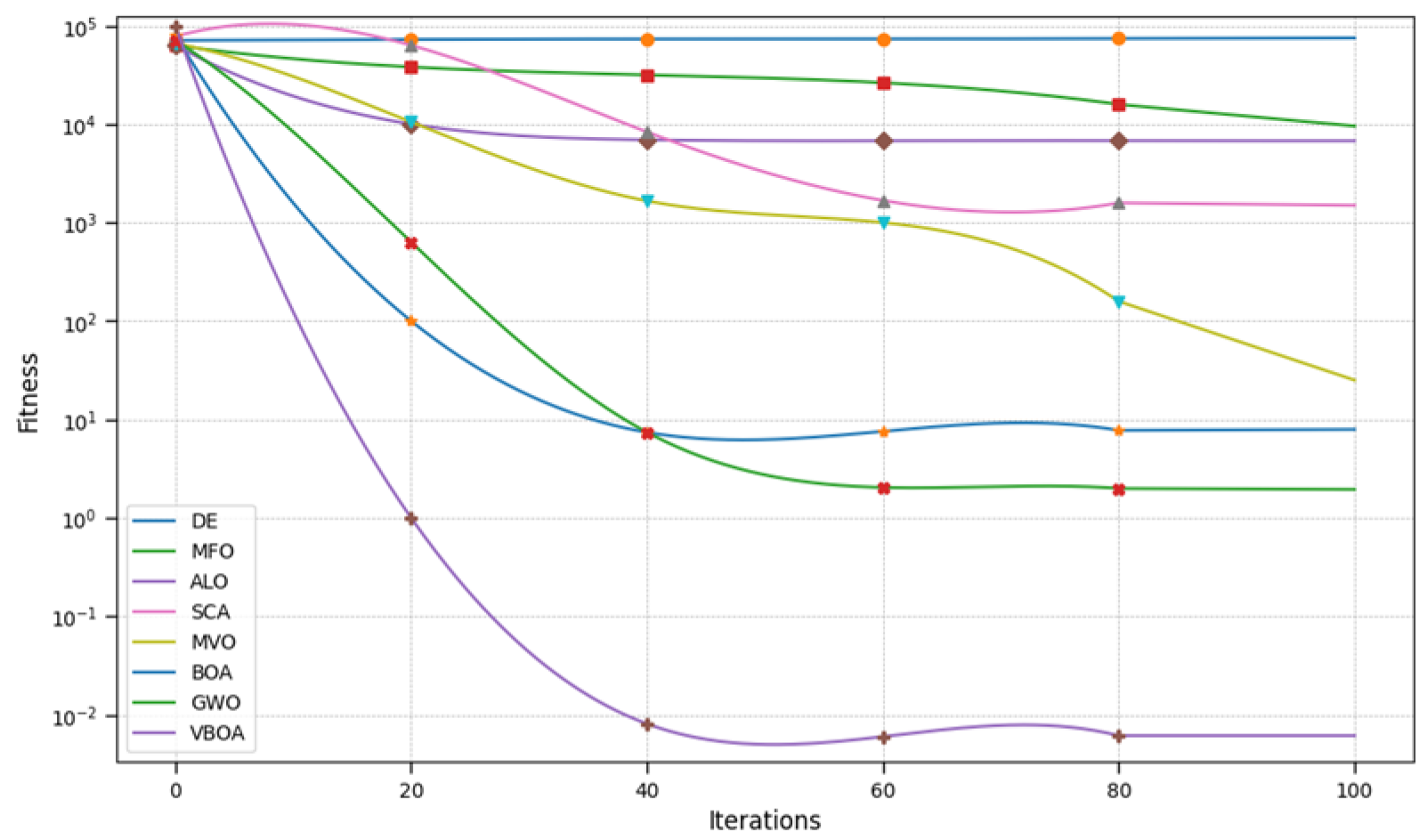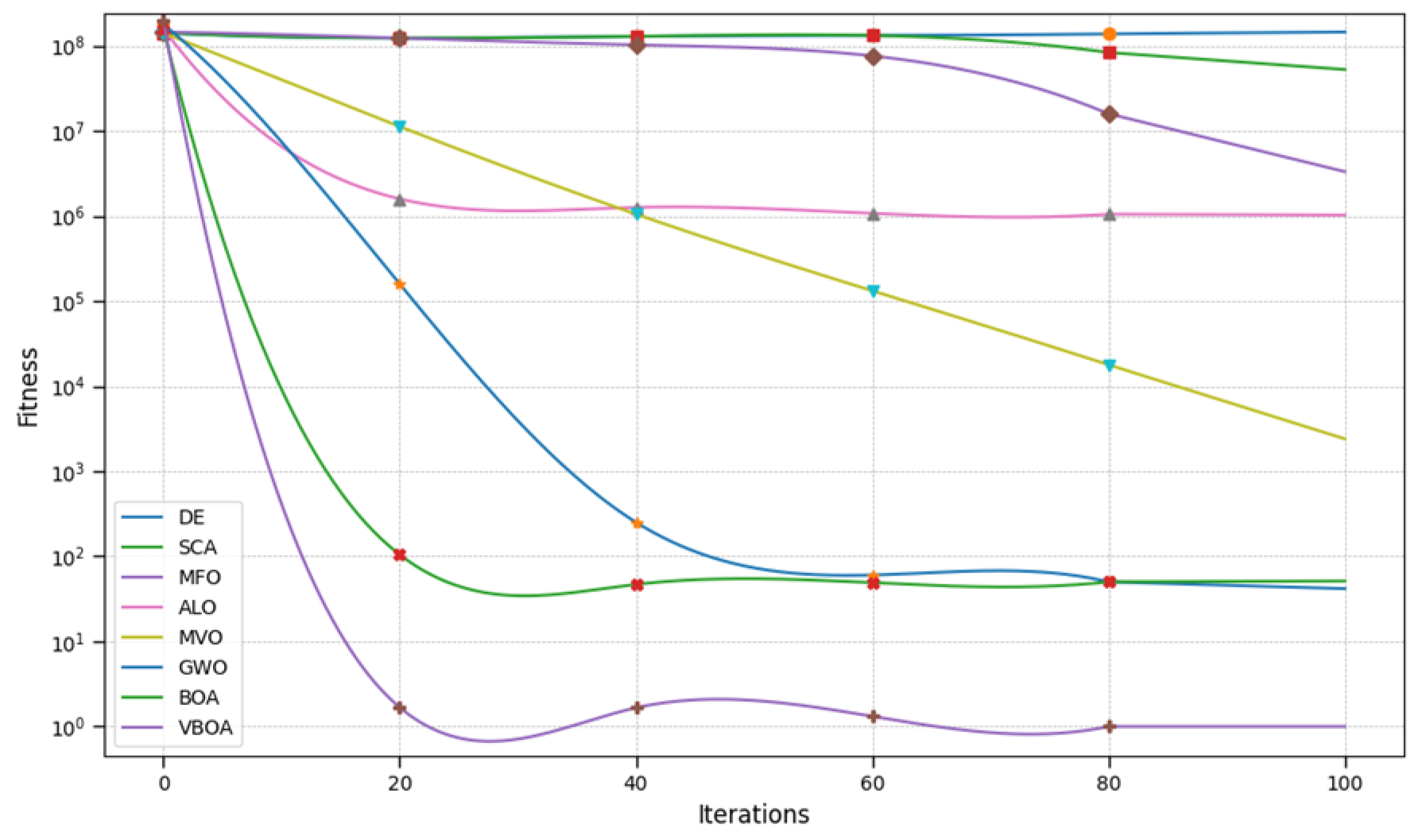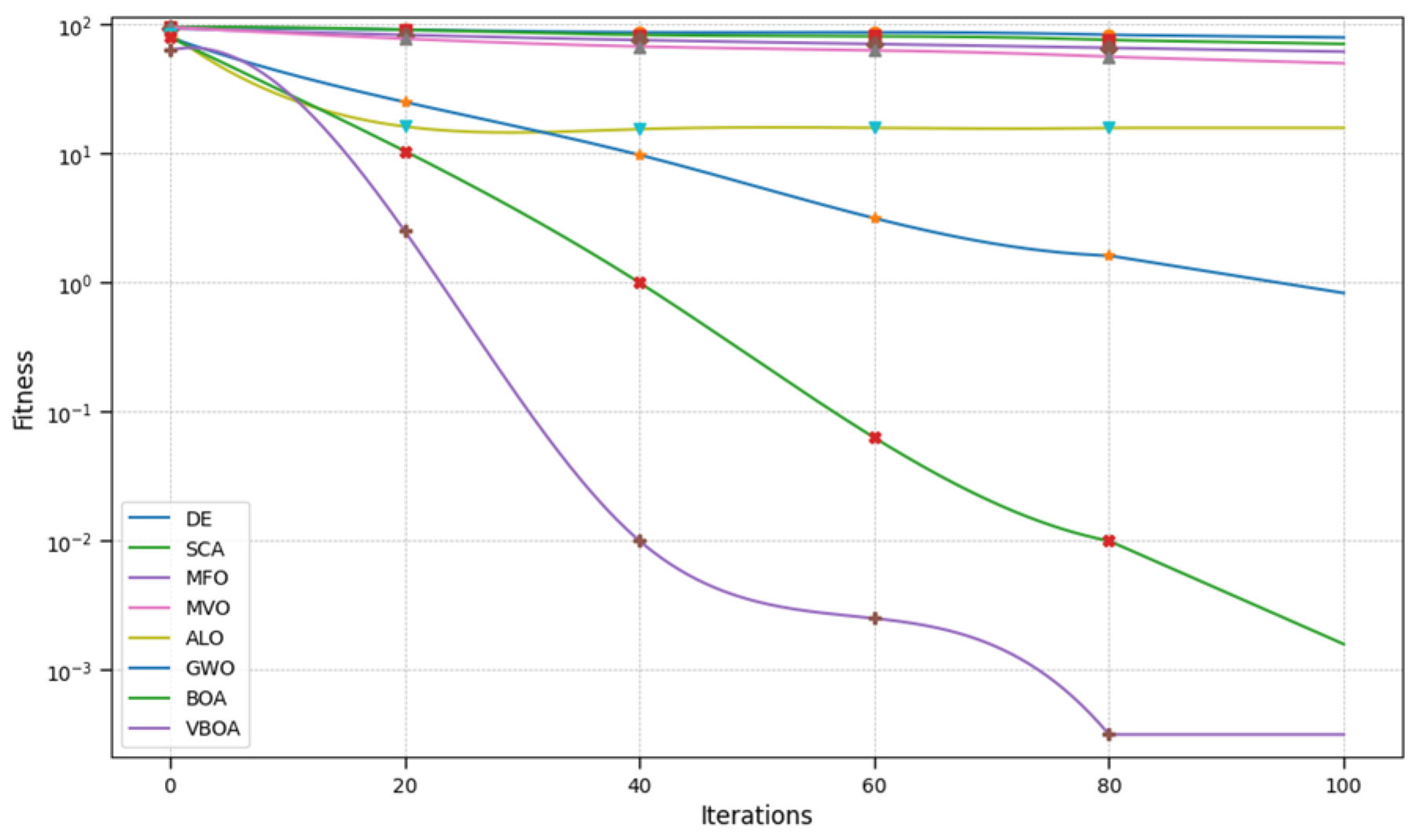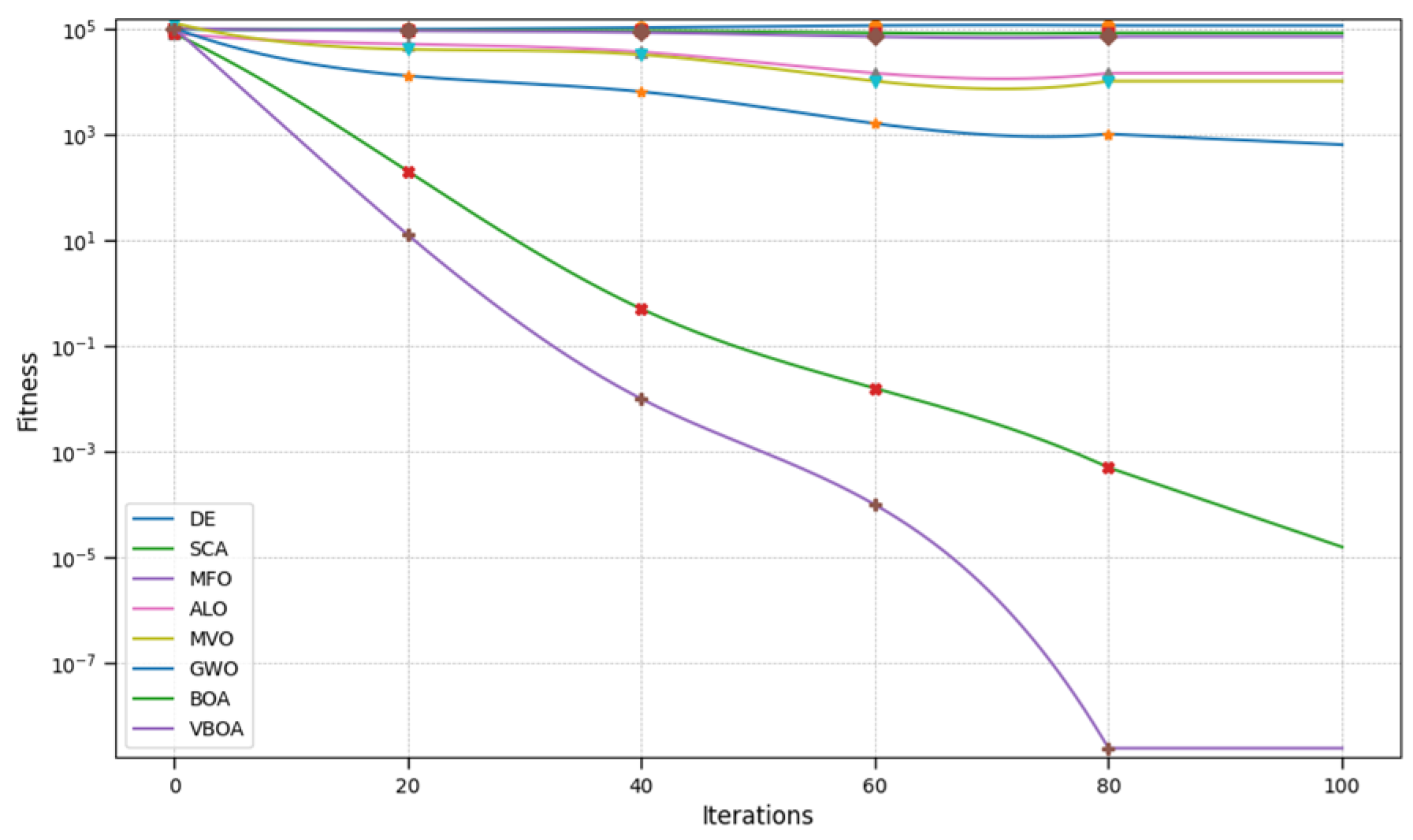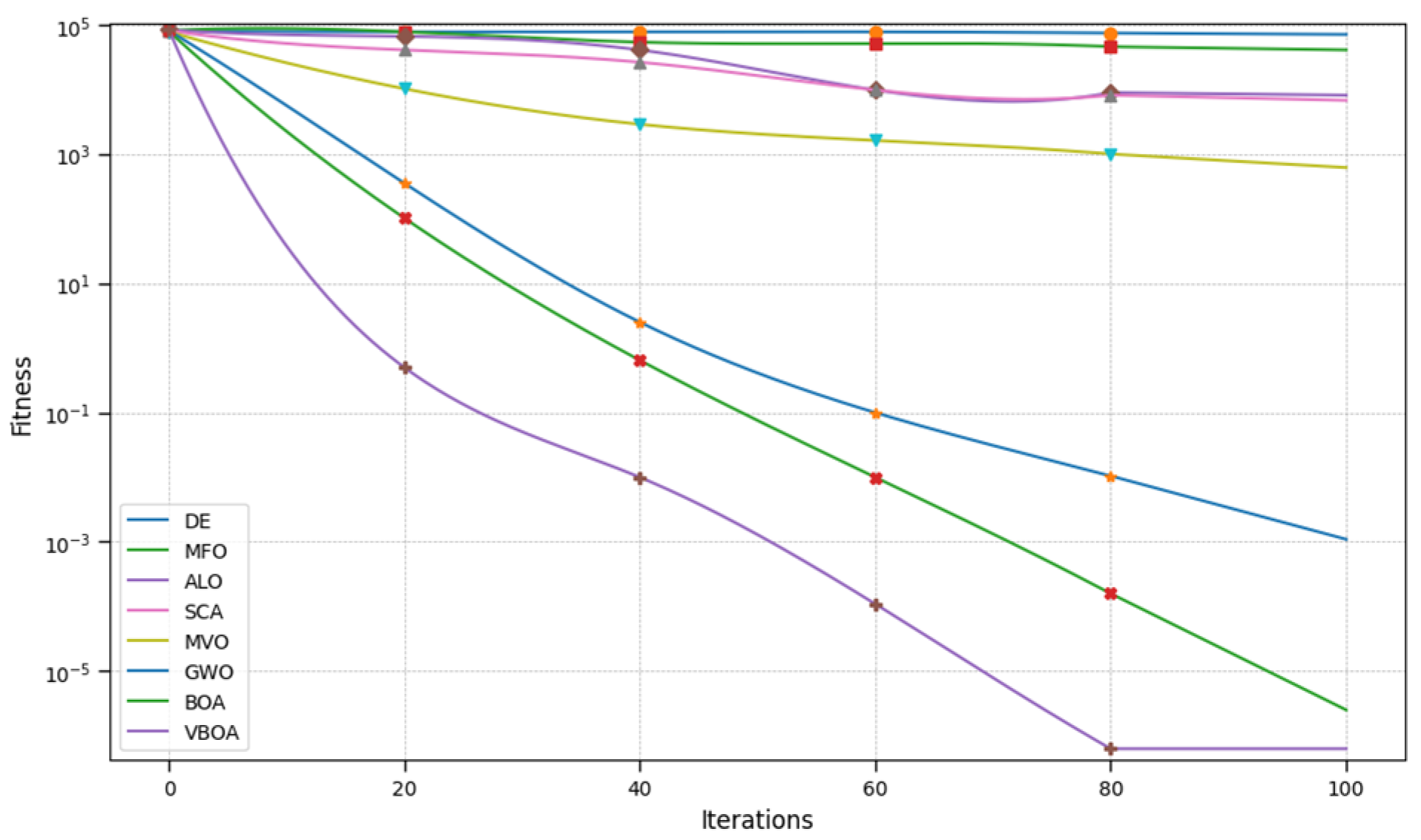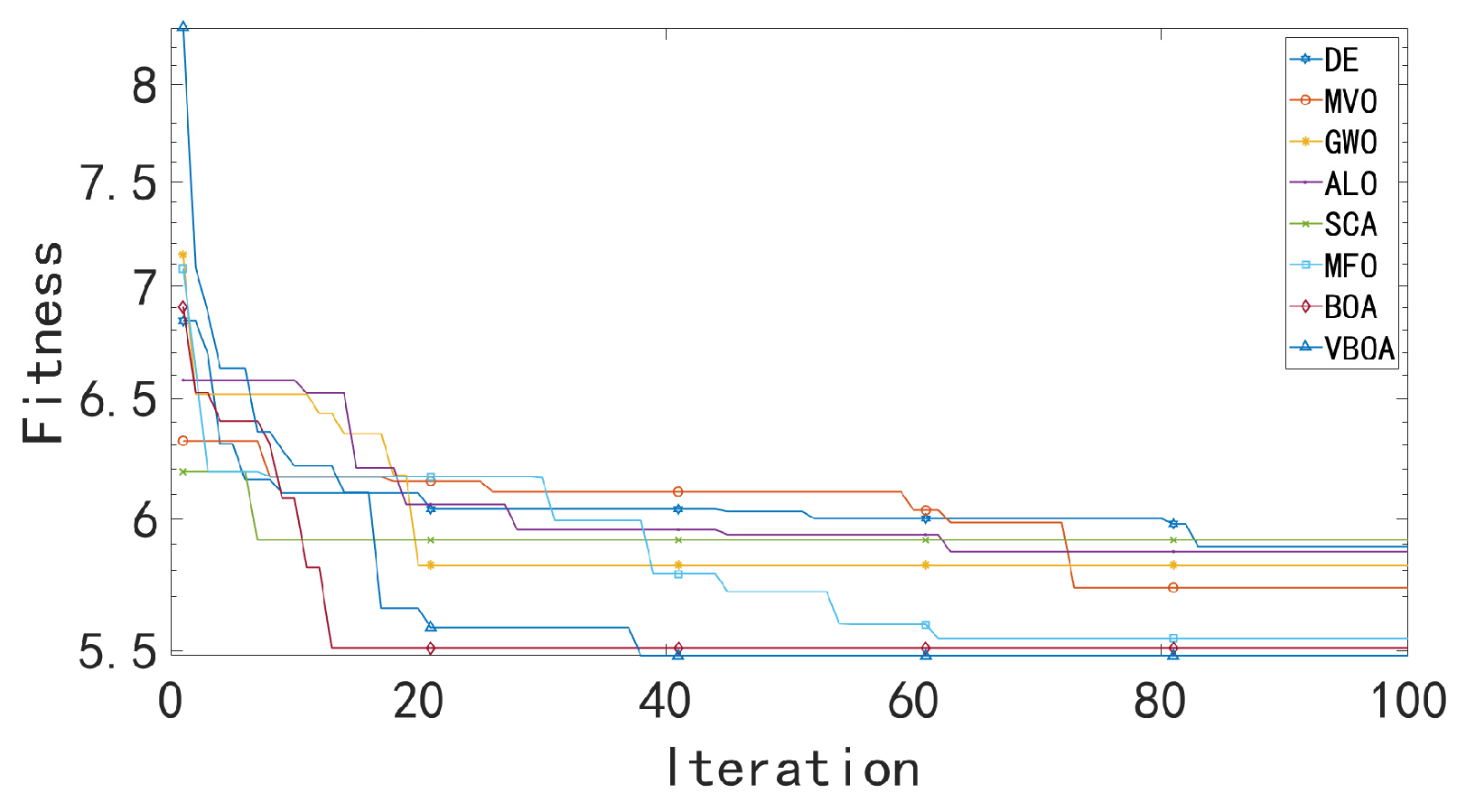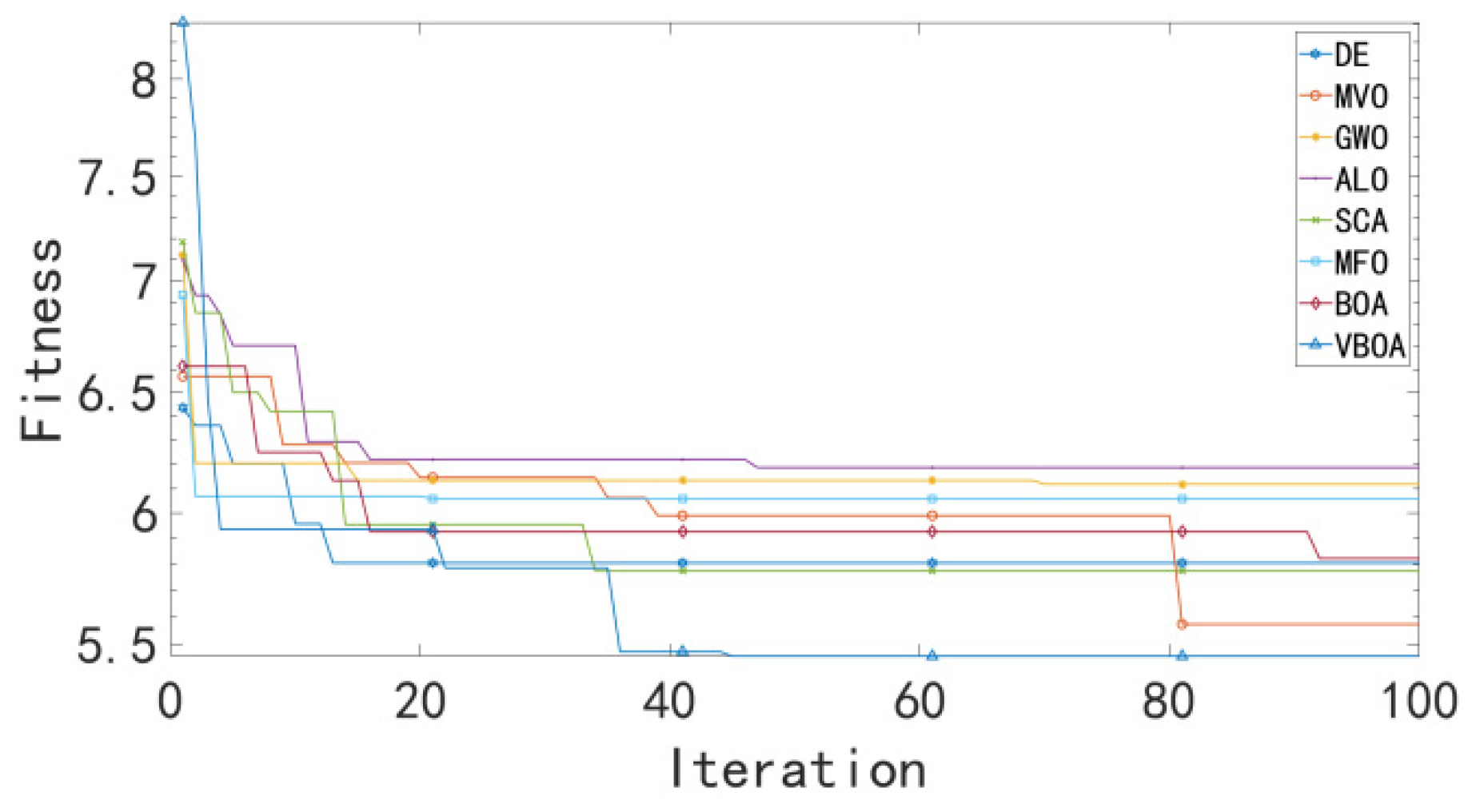1. Introduction
In recent years, global environmental changes have occurred rapidly, posing certain threats to societal security and stability through a series of unexpected events. In practical rescue operations involving large-scale and multi-site emergency rescue tasks that occur randomly, the ability of emergency logistics to swiftly identify optimal sites for emergency supplies centers is a critically important research topic.
Scholars investigate through two dimensions: time and space, specifically determining the timing and the regional planning of emergency facilities. Following the occurrence of emergency events, emergency facility siting includes the selection of mass shelters, material storage center locations, and medical and rescue personnel centers, among others. In emergency rescue operations, emergency facility siting becomes a dynamic issue, where factors such as rescue time, material distribution, operations, material storage costs, etc., constantly change over time and are subject to sudden influences.
Numerous scholars have researched emergency siting. X. Y. Jiang et al. [
1] considered the transportation cost from the rescue center to the disaster site, the cost of establishing the rescue center, and the golden rescue time, and selected a suitable location to establish an emergency rescue center. X. Yan et al. [
2] develops a bi-objective optimization model in considering the utility of values and warehouses, emergency materials to make optimum decisions in building rescue centers. Clustering multi-center locations is helpful to find the optimum solution and reduce the site selection costs. J. Jiang et al. [
3] used the fuzzy analytic hierarchy process to establish a hierarchical model for each factor, calculated the weight values of each factor in the indicators, and finally obtained a comprehensive evaluation table for each candidate benchmark. Yuanqiao Wen et al. [
4] constructed a dual-objective location optimization model with the shortest emergency response time and the lowest construction cost, using LINGO to solve the model and obtain the optimal solution. Dejun Cheng et al. [
5] established a multi-objective emergency rescue site selection optimization model with timeliness and economy as the core rescue site selection objectives, using the improved NSGA-II algorithm to screen out satisfactory site selection schemes.
The emergency location is usually decided by the categories of disasters; for rescue operations at earthquake emergency sites [
1,
2], golden rescue time is the key issue for consideration. Transportation costs and penalty costs are the core points to consider when taking emergency rescues, with the search for optimum solutions typically based on the nearest places within disaster points. For flooding disaster cases, the issue of accident rates among different river sections should be fully considered [
3], and the natural environment is more vital to river transportation. Selecting emergency sites should be carried out before the disaster happens. Hierarchy analysis is the key issue to finding the probable happened locations. Flooding speed is an important issue when considering oil spill pollution, which has a large effect on carrying out urgent actions [
4,
6]. Yang Liu et al. [
7] constructed a model that considered many kinds of social issues relating to security, accessibility, and reliability to make optimal solutions to avoiding disasters.
However, these methods fail to address the efficiency problem caused by differences in emergency material demand between the early and late stages.
The Butterfly Optimization Algorithm (BOA) draws inspiration from butterfly foraging and mating behaviors. BOA’s advantages lie in its few parameters, fast convergence speed, and high optimization accuracy, making it widely applicable in practical problems. Yuxin Ma et al. [
8] improved the algorithm by introducing four optimization strategies, including Bernoulli chaotic mapping, dynamic switching probability, adaptive inertia weight, and reverse learning. Amirmohammad Shahbandegan et al. [
9] proposed a binary version of BOA (BBOA) to solve the 0 to 1 MKP problem. Abhishek Singh Verma et al. [
10] proposed an efficient adaptive butterfly optimization technique to reduce the size of regression testing suites. Haichuan Ma et al. [
11] proposed the t-distribution butterfly optimization algorithm (TBOA) to solve the problem of finding optimal parameters in the logistic regression loss function. Yuqi Fan et al. [
12] added a new aromaticity coefficient to the basic butterfly optimization algorithm and introduced a new iteration and update strategy. Wangshuo Tang et al. [
13] proposed an ISAR translation compensation method based on the global butterfly optimization algorithm. Zan Yang et al. [
14] combined the Halton sequence initialization butterfly optimization algorithm (HSBOA) with the traditional t-SNE algorithm to improve optimization accuracy and convergence speed. Yao Jishuai et al. [
15] introduced an improved Emperor Butterfly Optimization (IMBO) algorithm to solve the Multi-to-Multi Weapon Target Allocation (WTA) problem. Nevertheless, the aforementioned improvements still face challenges such as poor global search performance.
In summary, this paper’s contributions can be summarized as follows:
Firstly, this paper outlined the emergency logistics facility siting problem, considering the different material demands before and after events, and constructs a novel evaluation index for emergency logistics facility siting.
Secondly, this paper introduced variable operations to improve the Butterfly Optimization Algorithm and verified its effectiveness across multiple test functions.
Lastly, this paper incorporated the Variable Butterfly Optimization Algorithm into the optimization of emergency material center siting, thereby achieving efficient, cost-effective, and equitable siting solutions.
The structure of this paper is outlined as follows: Chapter One serves as the introduction to the entire document. Chapter Two presents the modeling approach for the siting of emergency material centers. Chapter Three provides an introduction to the Butterfly Optimization Algorithm along with our proposed enhancements and validates the performance of the Variable Butterfly Optimization Algorithm. Chapter Four presents the results and comparative experiments of applying the Variable Butterfly Optimization Algorithm to the problem of comprehensive emergency material center group placement throughout all periods. Finally, Chapter Five concludes the entire manuscript.
2. The Modeling Method for the Siting of Comprehensive Emergency Material Centers Throughout All Periods
According to the urgency of each demand point, infrastructure conditions (major factories, road density, etc.), and material demand criteria, we constructed an evaluation system for prioritizing rescue at demand points. Due to the suddenness and uncertainty of emergencies, as well as variations in population and infrastructure across demand points, the order of rescue for each demand point differs. Combining factors such as material demand, population coverage, and infrastructure, we established evaluation criteria for the rescue priority of demand points. Commonly, constructing emergency centers to defend unpredicted disasters is a puzzling issue; in cases of floods, the emergency center should be located at higher ground far from lower plains; for the issue of earthquakes, the emergency sites are usually man-made swiftly, as the frequency is not too often and results in short rescue time. We utilized the Analytic Network Process to determine the weights of the evaluation criteria for rescue priority before employing the Technique for Order Preference by Similarity to Ideal Solution to establish rescue priorities. This approach allows for a more comprehensive and accurate determination of the importance of rescue for each demand point. The
Table 1 below shows the evaluation indexes of our paper, which demonstrates the rescue priority when considering complex issues.
Considering the variations in rescue tasks and operations during different stages of emergency events, a multi-objective emergency material center siting model under dynamic environments was designed. During the initial phase of emergency events, a mathematical model is constructed to minimize rescue response time and maximize coverage area by integrating the rescue priority of demand points, material demand quantity, and the increase in transportation distance due to road damage. During the later stages of emergency events, factors such as transportation costs, center construction and storage costs, costs incurred by early and late arrivals at demand points, and the variance in the allocation ratio of materials at various demand points are considered when constructing a mathematical model that minimizes rescue costs and maximizes fairness.
The model for the initial stage of rescue aimed to minimize response time and maximize coverage area for emergency centers, considering the characteristics of emergency logistics. During this stage, to ensure the shortest total response time for distribution, the model considers minimizing the travel time for vehicles to reach each demand point and the time spent loading and unloading materials at each demand point, especially in scenarios involving road damage. The rescue coverage area is determined based on rescue priority and the required quantity of materials. The objective function is formulated as follows:
Here,
represents demand points,
represents candidate emergency material centers,
represents the distance between demand point
and candidate emergency material center
,
represents the coefficient indicating the increase in transportation distance due to road damage,
represents the speed of vehicle travel, and
represents the quantity of materials transported from candidate emergency material center
to demand point
.
represents the emergency material demand at demand point
,
represents the inventory level of materials at candidate emergency material center
,
represents the time required for loading and unloading economic materials per unit at the vehicle, and
represents the departure time of the vehicle. Within the constraints of
, which demonstrates the search for alternative emergency material storage point
in the value of 0 or 1, if
, the storage point
j is the optimum alternative material storage point as the emergency distribution center location,
represents the constraints of whether the supplies of demand point
should be served by emergency distribution center
; if
, the matching is optimum selection, otherwise, the matching is not correct. The constraints inside our initial stage are listed below:
In the later stages of the rescue phase, a multi-objective emergency center siting model is designed to minimize rescue costs and maximize fairness. During this period, to minimize rescue costs, factors such as transportation costs, fixed site selection costs, material storage costs, and penalties incurred when vehicles arrive at demand points earlier or later than the required time window are considered. To ensure fairness in resource allocation, the variance in the allocation ratio of materials at various demand points is utilized, while still considering the rescue priority of demand points, material demands, and the actual dispatched quantity of materials. A smaller variance indicates less disparity in emergency material distribution among different demand points, thus promoting fairness. Based on these considerations, the following objective function is constructed:
Here,
represents the quantity of materials transported from candidate emergency material center
to demand point
,
represents the new emergency material demand quantity at demand point
during the later stages of the rescue phase,
represents the inventory level of materials at candidate emergency material center
,
represents the new rescue priority of demand point
i during the later stages of the rescue phase,
represents the unit transportation cost from demand point
i to candidate emergency material center
, and
represents the construction cost of candidate emergency material center
.
represents the unit material storage cost at candidate emergency material center
,
represents the penalty cost coefficient for vehicles arriving late at demand points,
represents the penalty cost coefficient for vehicles arriving early at demand points,
represents the arrival time of the vehicle at demand point
,
represents the latest time point by which materials need to arrive at demand point
, and
represents the earliest time point by which materials need to arrive at demand point
. Similarly,
is the variable for matching, with the value equals to 0 or 1. If
, the supplies of demand point
i are correctly matched by the emergency distribution center
j for service; otherwise, the matching result is false. The constraints inside our last stage are listed below:
4. Design and Experiment
The experiment consists of 10 demand points and 4 candidate sites for emergency material centers. During the initial stage of the emergency event, partial experimental data for each trial are shown in
Table 3 and
Table 4. As the emergency event progresses, the data for the later stage of the experiment are presented in
Table 5 and
Table 6, while other relevant parameters are listed in
Table 7 and
Table 8. The unit transportation cost is set at 3/km, the penalty cost coefficient for early arrival time is 2, and the penalty cost coefficient for late arrival time is 6. The test results on our select samples are demonstrated in
Table 9 and
Table 10, the functions of our statistical analysis is shown in
Table 11, and the statistical results of our study are shown in
Table 12 and
Table 13.
As the emergency event unfolds, the relevant information of demand points and candidate sites changes. To verify the limitations of the model, information from the fifth day after the occurrence of the emergency event is selected as the experimental data required for the later stage model of the emergency event. The specifics are as follows:
Substitute the above parameters into the early-stage model of emergency logistics site selection and use the Variable Butterfly Optimization Algorithm proposed in this paper to solve it. Compared with other algorithms, the iterative process is shown in
Figure 11, and the results are shown in
Table 9.
After completing the preliminary site selection model, we applied the algorithm to the later site selection model. The iterative process is shown in
Figure 12, and the results are shown in
Table 10.
From the table, it can be observed that the Variable Butterfly Optimization Algorithm proposed in this paper performs exceptionally well in solving the emergency material center siting problem. Not only does it balance coverage area and cost, but it also meets the requirements for fairness and delivery time.
In order to test the performance of our improved method, VBOA, we compared our test experiment on our sampled data with the original version. The statistical results are mainly based on the testing functions, where
is the two-dimensional function,
contains the only global optimum point and the variation in the values in the parabolic valleys is relatively small,
does not have local optimum value with only global optimum point, and
has multiple local minimum values. However, it is hard to find global minimum value. Detailed descriptions of these functions are shown in
Table 11. The statistical analysis of our table utilizes average precision to evaluate our performance of our redesigned method.
The comparison of our method has been made with the original Butterfly Optimization Algorithm and improved the performance of the method in dealing with dynamic optimization issues. The results are shown in cases of dimension value D in 10 and 30; detailed results are shown in
Table 12 and
Table 13.
The results demonstrate that our redesigned method has better performance in dealing with multidimensional optimization problems, while the convergence and searching ability of our method has been greatly improved.
